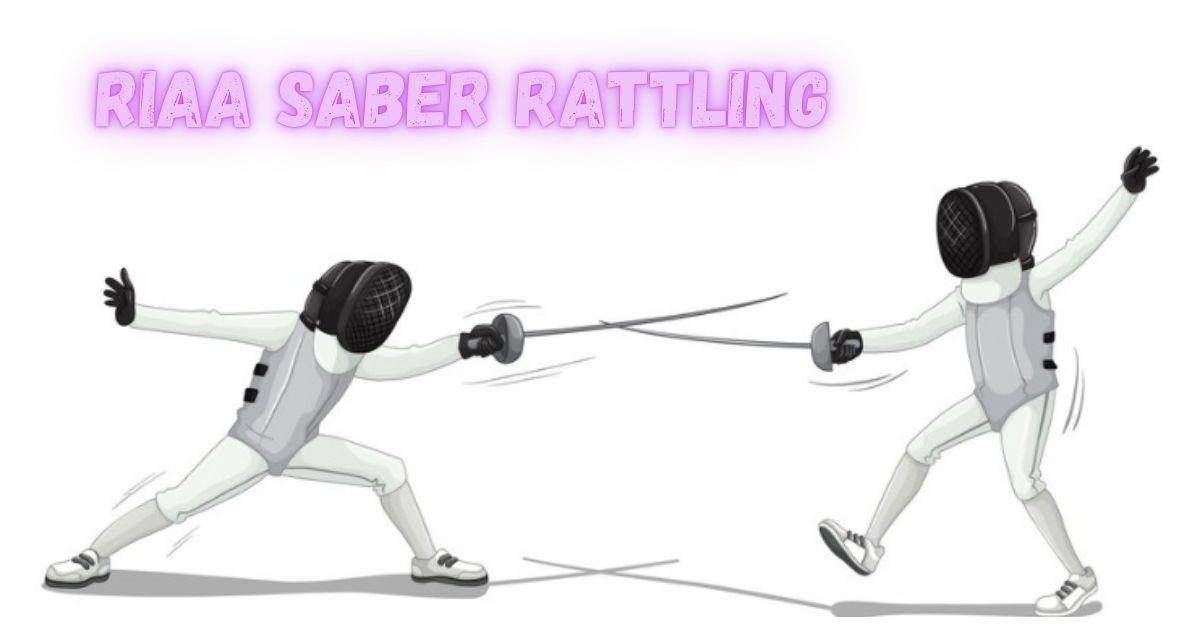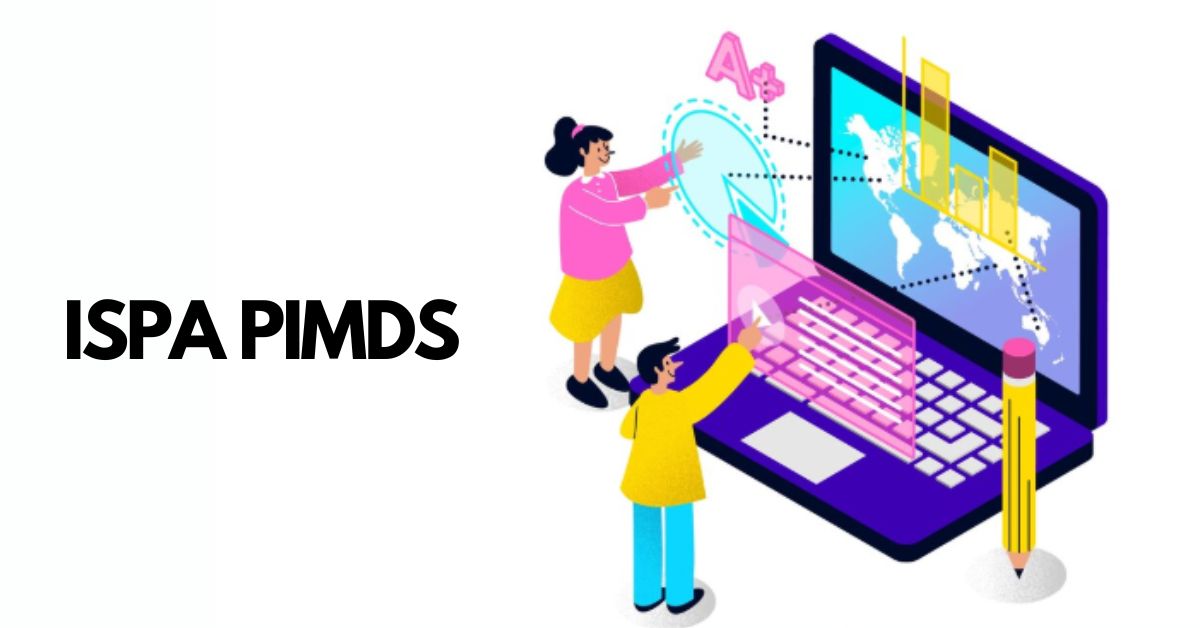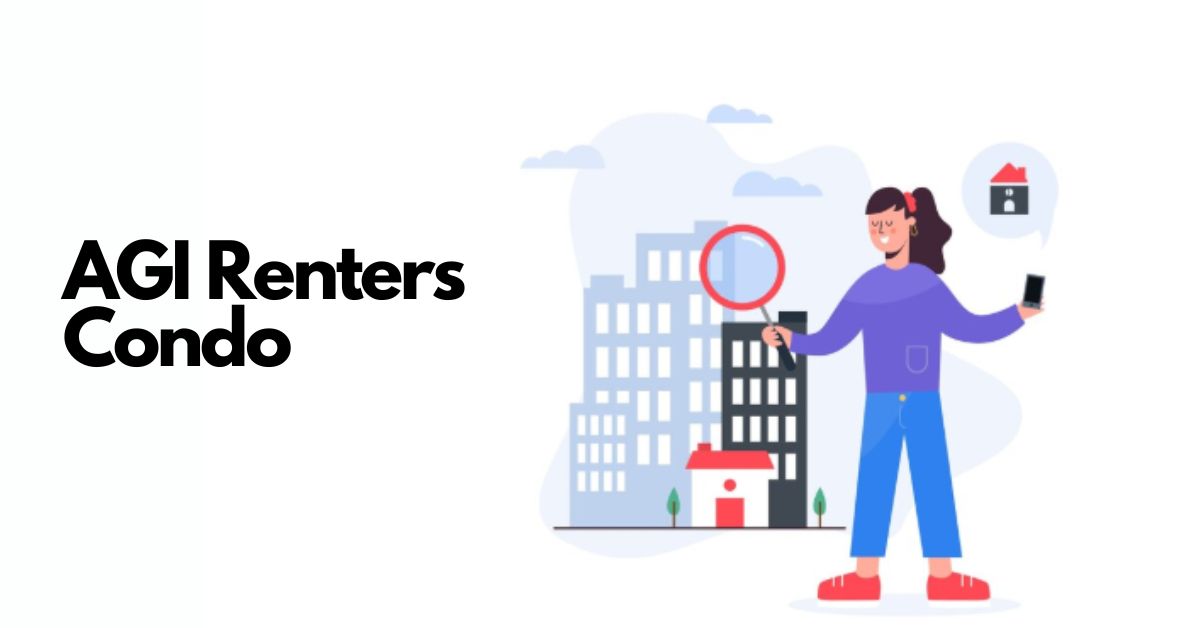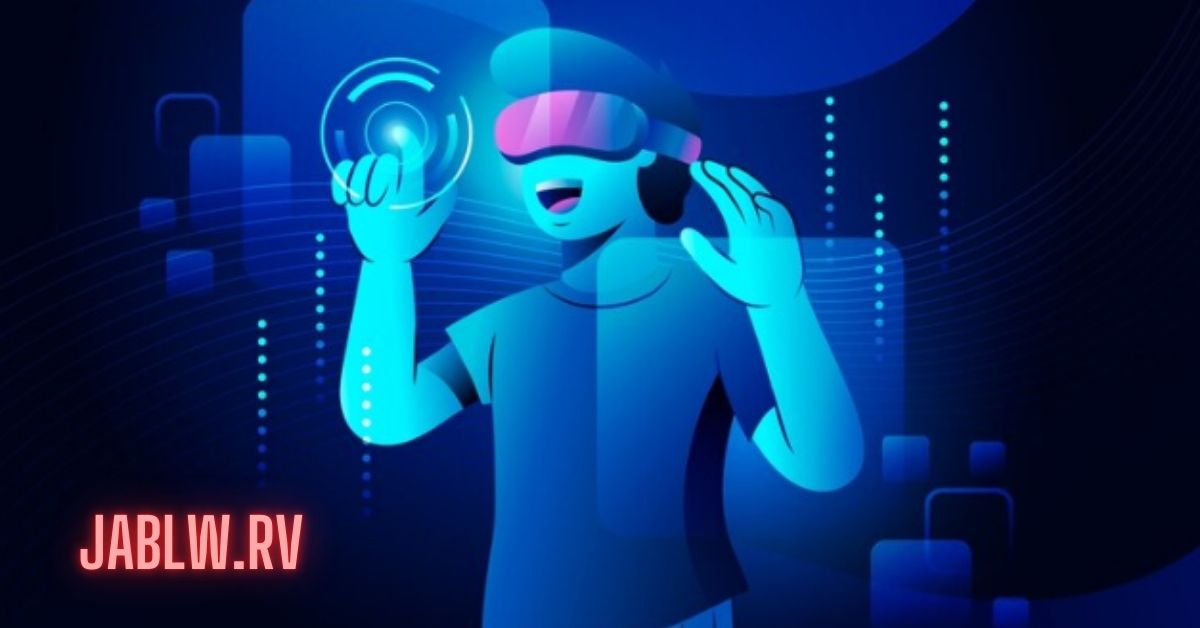The phrase “RIAA saber rattling” has emerged as a key topic in conversations concerning digital freedom, copyright enforcement, and the development of the music industry. These actions provoke discussions over their long-term effects on musicians, customers, and digital platforms as the Recording Industry Association of America (RIAA) steps up its anti-piracy efforts. The mechanics of these initiatives, their effects, and potential future developments are all covered in detail in this article.
Understanding RIAA Saber Rattling
The term “RIAA saber rattling” describes the RIAA’s aggressive tactics or threats to stop illegal music distribution. These consist of public declarations stressing legal action, warnings to people and businesses, and litigation. Although the goal is to safeguard intellectual property, the strategy frequently raises concerns about its efficacy and fairness in a quickly changing digital environment.
How It Affects Digital Platforms
Because of their position in music distribution, digital platforms are often the target of RIAA saber rattling. Social media platforms, file-sharing websites, and streaming services are all under investigation. Smaller platforms might find it difficult to provide the substantial resources needed to comply with RIAA standards. This dynamic raises these platforms’ operating expenses while changing how accessible material is.
The Impact on Artists
Although the goal of RIAA saber rattling is to protect artists’ rights, its effects might be conflicting. Tighter copyright enforcement may help established artists by guaranteeing just recompense. Independent musicians, however, frequently encounter difficulties since too strict regulations may prevent them from reaching a wider audience. This dichotomy further complicates the discussion of RIAA’s tactics.
Consumer Reactions to RIAA Strategies
RIAA saber rattling frequently affects consumers the most. Public outrage has been generated by actions like lawsuits against specific people, which have portrayed the organization as being unduly combative. Furthermore, fans who find and appreciate music through digital platforms may become resentful of limits on content sharing. One of the fundamental challenges is still striking a balance between accessibility and protection.
Legal Ramifications of RIAA Saber Rattling
Important precedents in copyright law have been established by the RIAA’s legal tactics. Lawsuits against well-known websites and people emphasize how crucial it is to follow intellectual property laws. Critics counter that these actions occasionally border on intimidation, which raises moral questions. With the advancement of technology, the legal environment influenced by RIAA acts keeps changing.
Economic Implications
The implications of RIAA saber rattling on the economy are extensive. Although the organization seeks to provide artists and record labels with revenue streams, platforms and consumers are frequently burdened with the costs of legal disputes and compliance. This might change the entire digital media industry by resulting in increased membership costs and restricted access to content.
Technological Adaptations
Technological developments have also been impacted by RIAA saber rattling. While blockchain technology offers new approaches to managing intellectual property rights, platforms are creating increasingly complex copyright detection systems. These developments demonstrate how technology adapts to industrial and legal demands, reflecting the continuous conflict between accessibility and enforcement.
The Future of RIAA Saber Rattling
RIAA saber rattling is probably going to change as digital environments continue to change. New developments in music consumption, including NFTs and decentralized streaming services, could put conventional enforcement strategies to the test. A more equitable strategy that honors all parties involved may be possible if the RIAA, artists, and platforms work together.
Conclusion
The intricate relationship between digital freedom and copyright protection is emphasized by the RIAA saber rattling phenomenon. Although protecting artists’ rights is the goal, the tactics used frequently cause controversy. Striking a balance is still essential to promoting innovation without sacrificing originality as consumer habits and technology change.
FAQs
What is RIAA saber rattling?
The term “RIAA saber rattling” describes the forceful actions done by the Recording Industry Association of America to enforce copyright laws and stop music piracy.
How does it affect consumers?
Due to compliance initiatives and legal proceedings aimed at piracy, consumers may have limited access to material and increased expenses..
Are there alternatives to RIAA’s approach?
Platforms, artists, and the RIAA working together could offer creative solutions that strike a balance between accessibility and protection.




